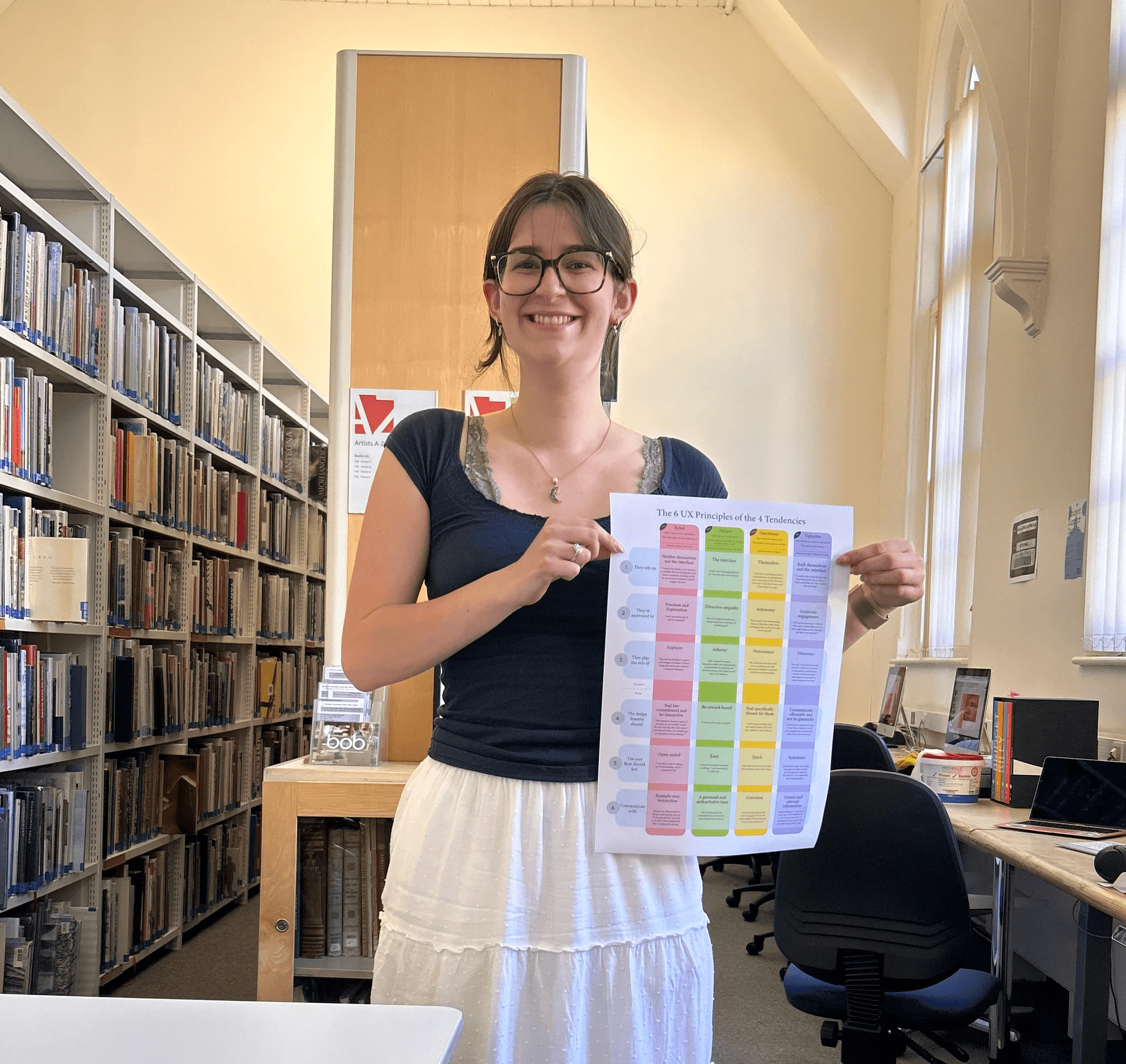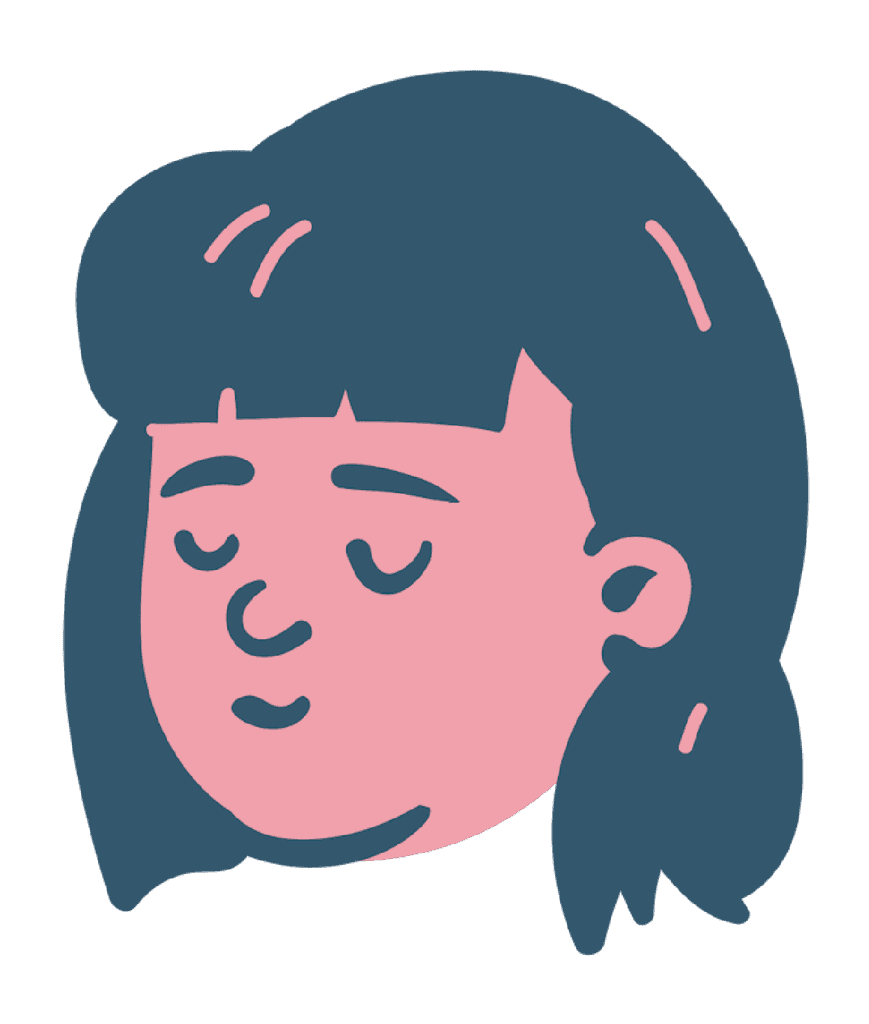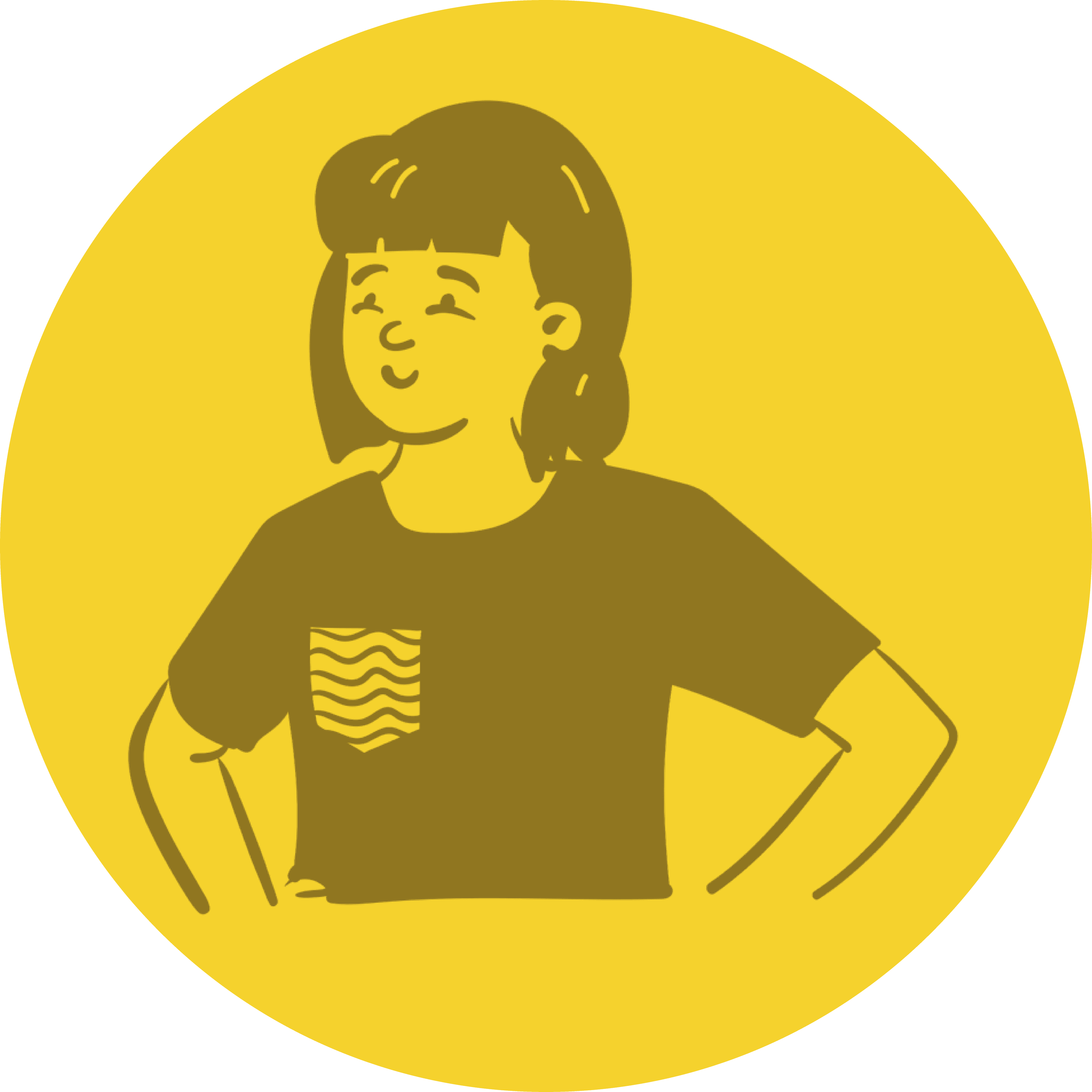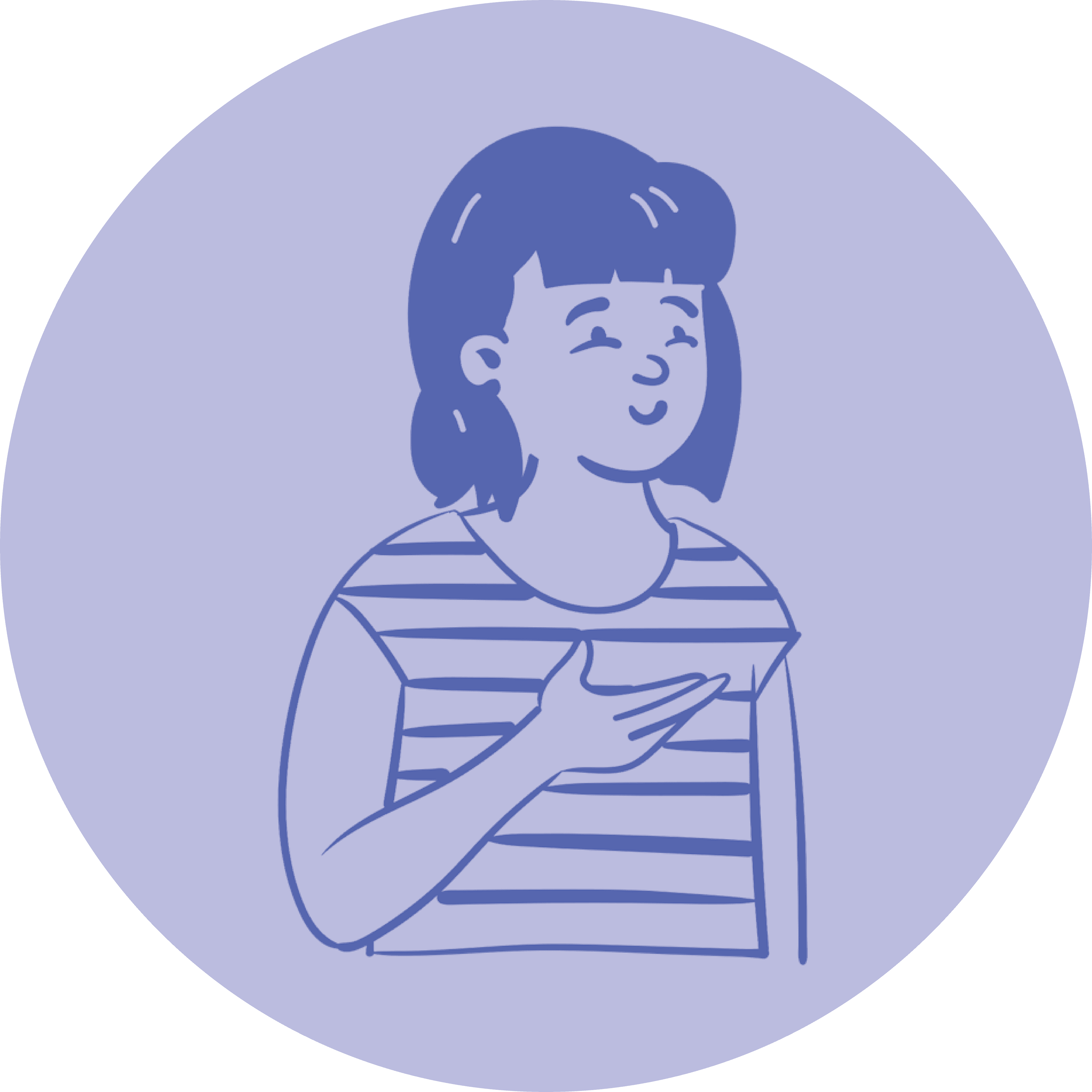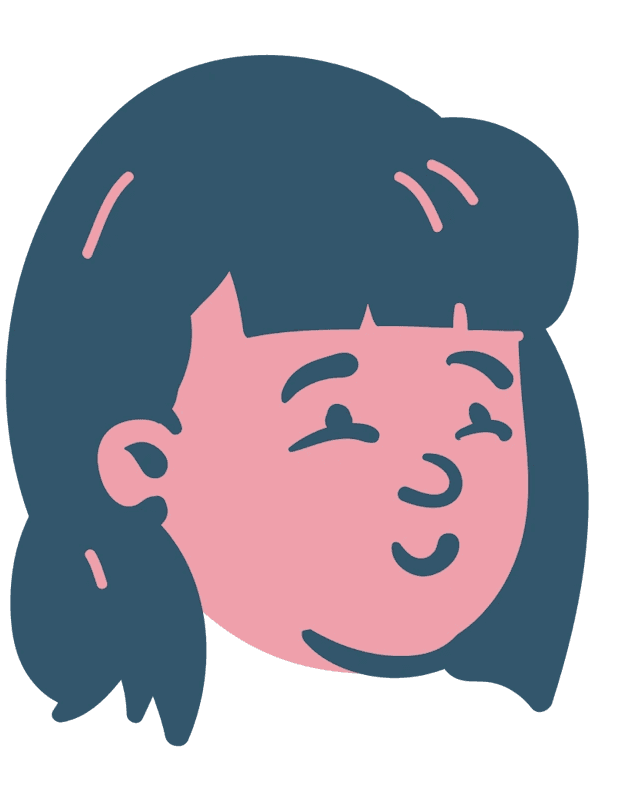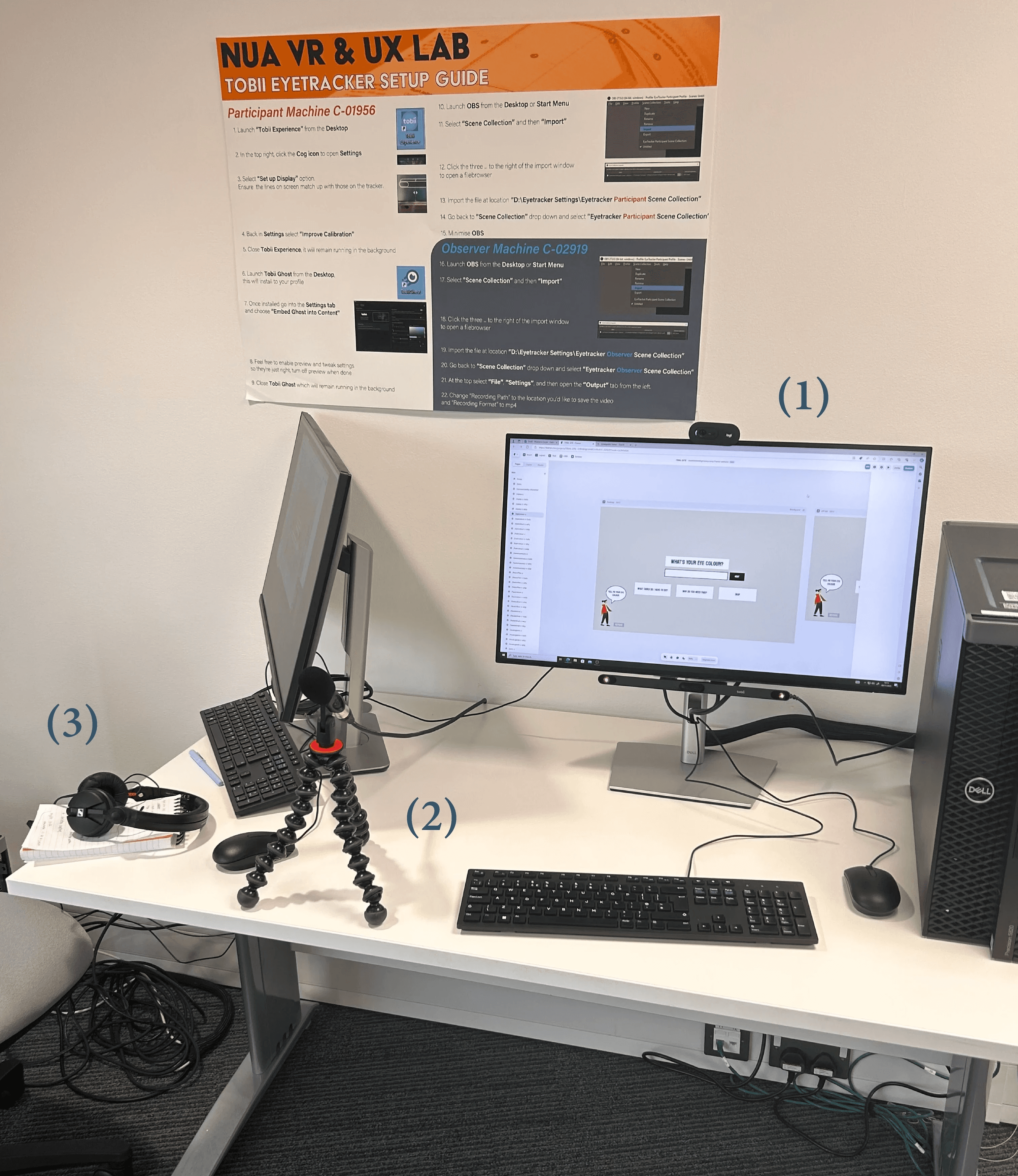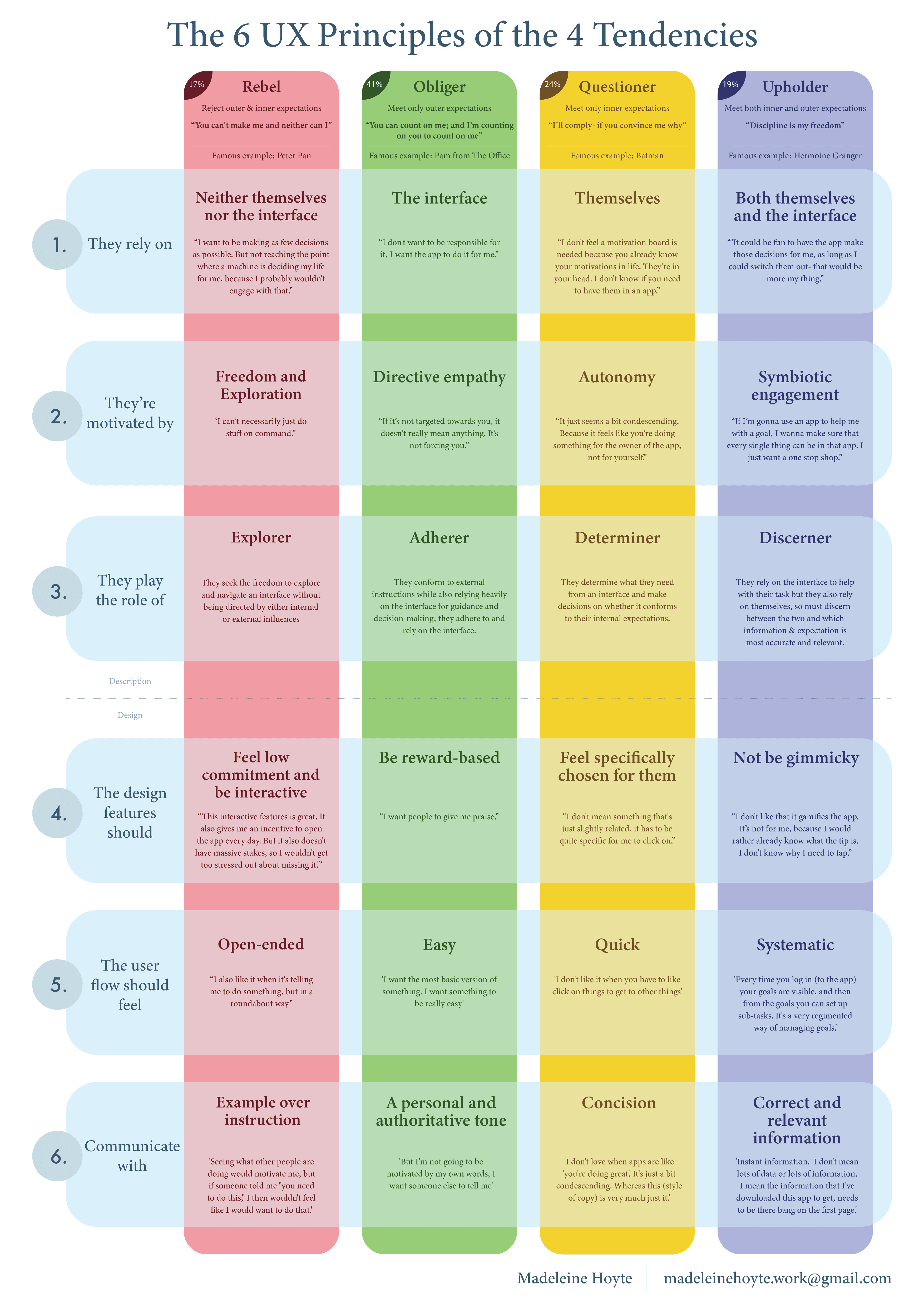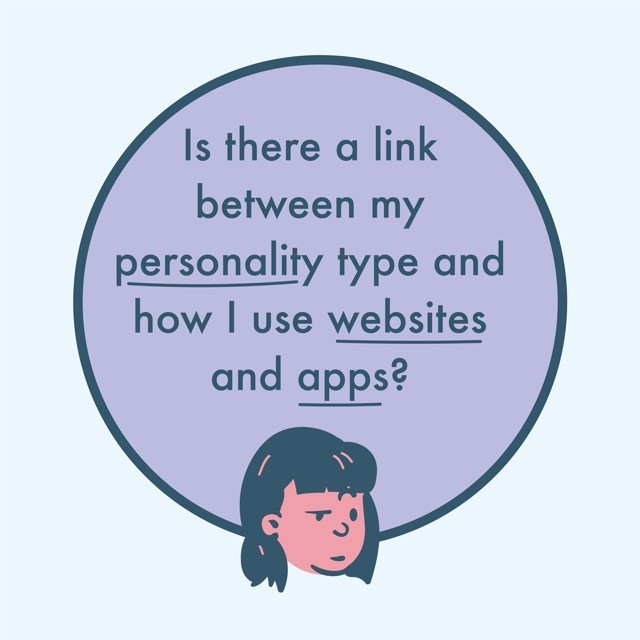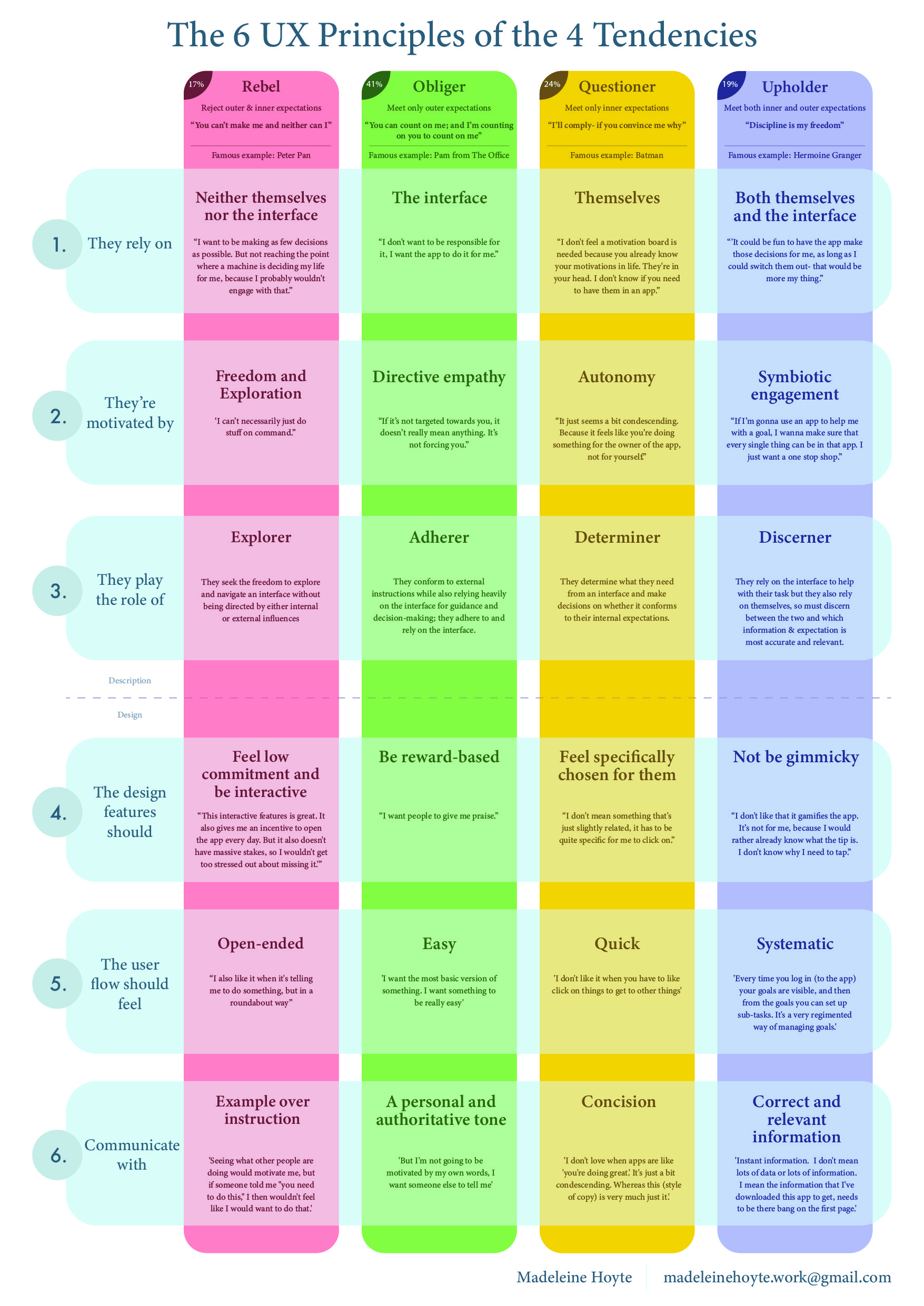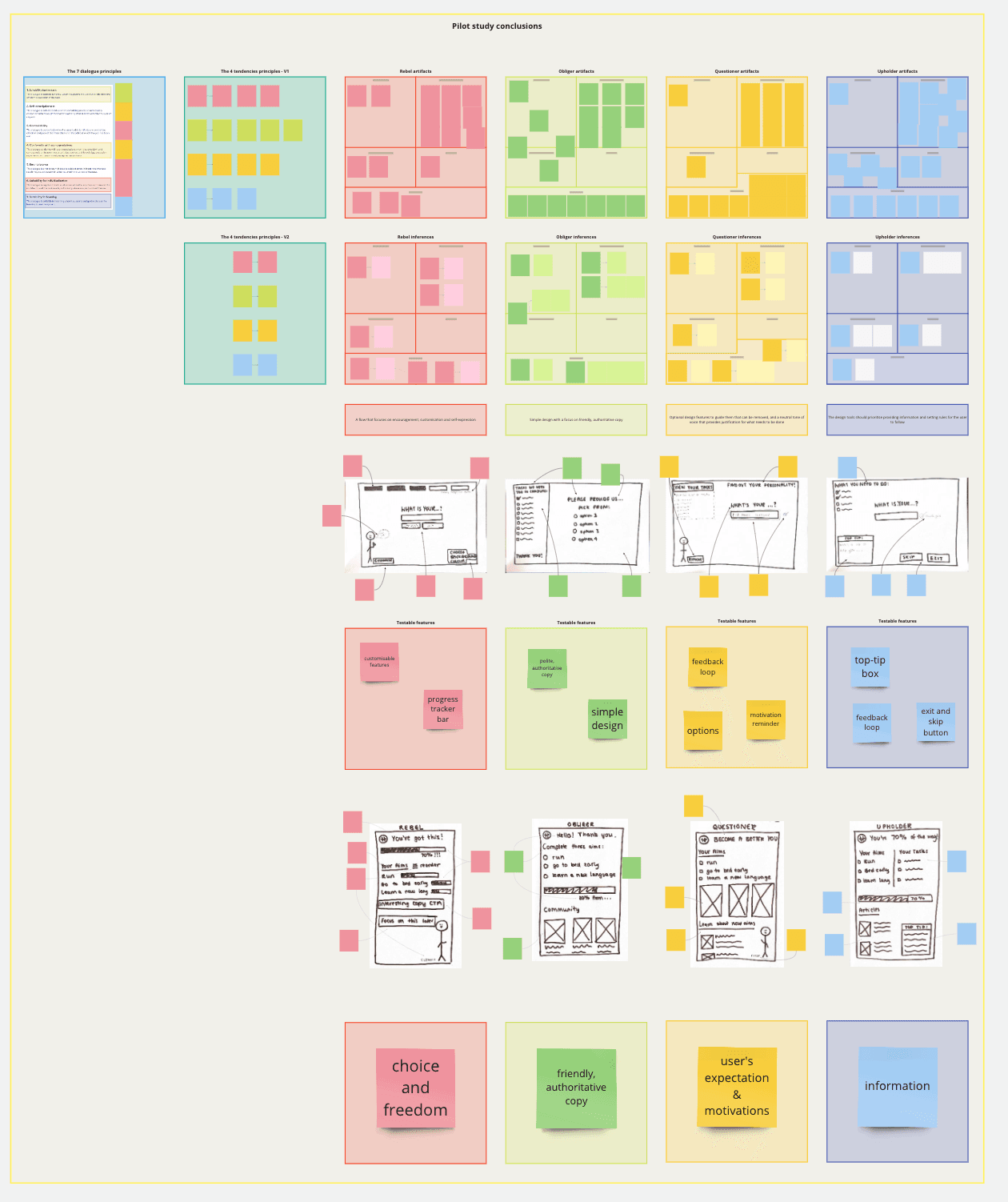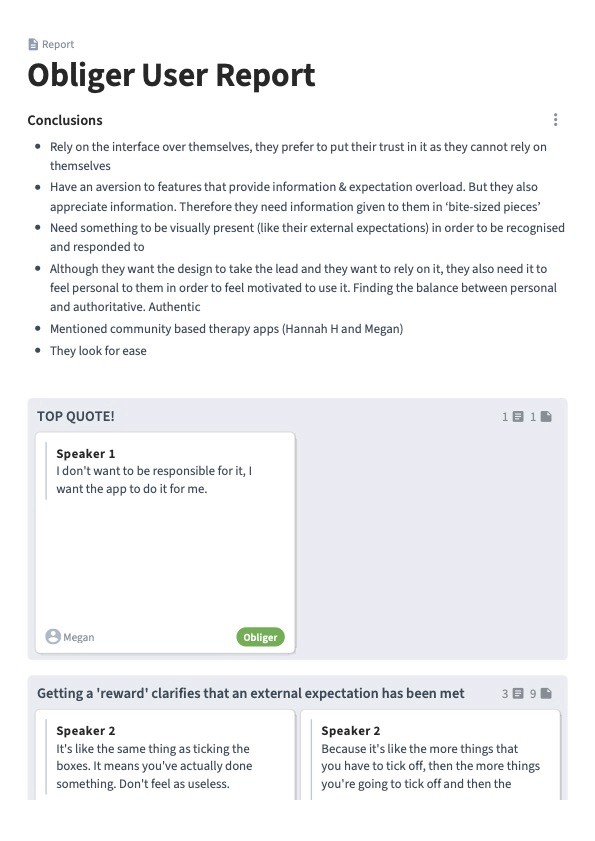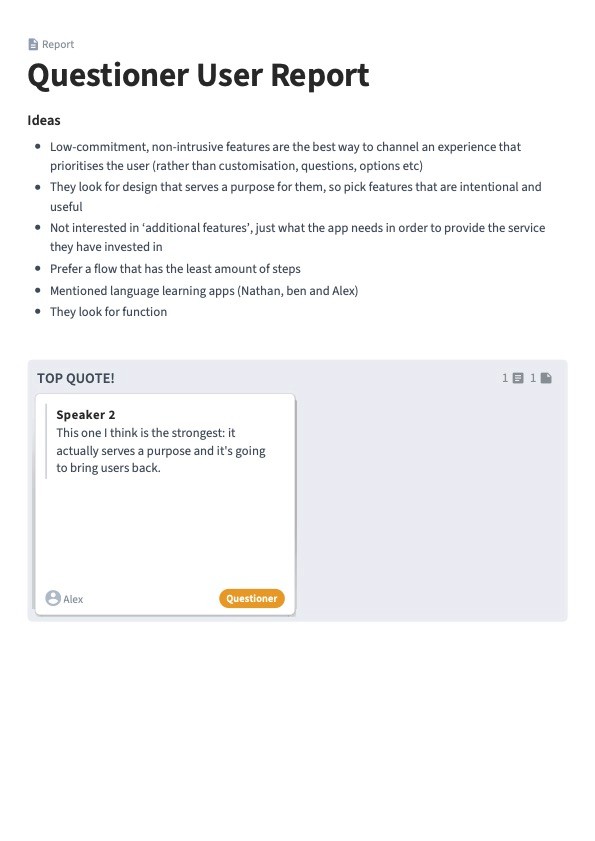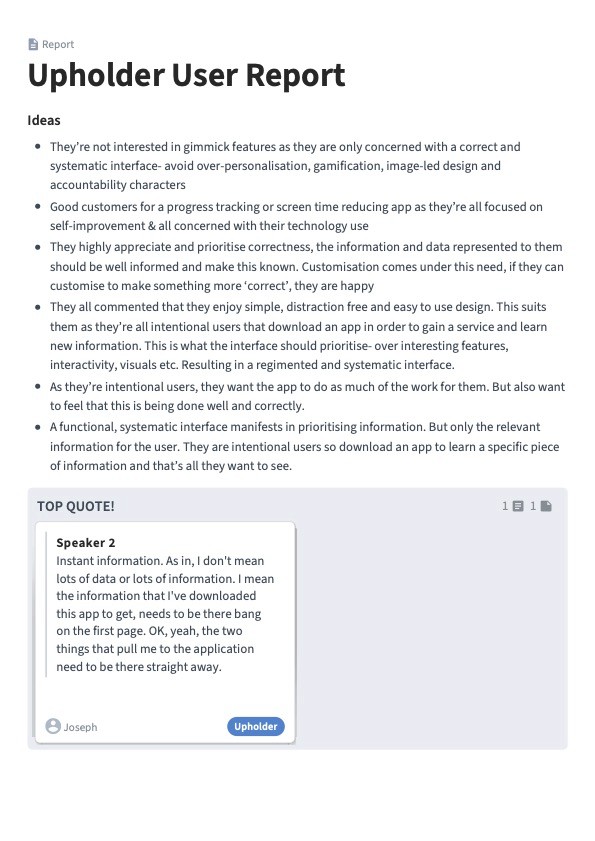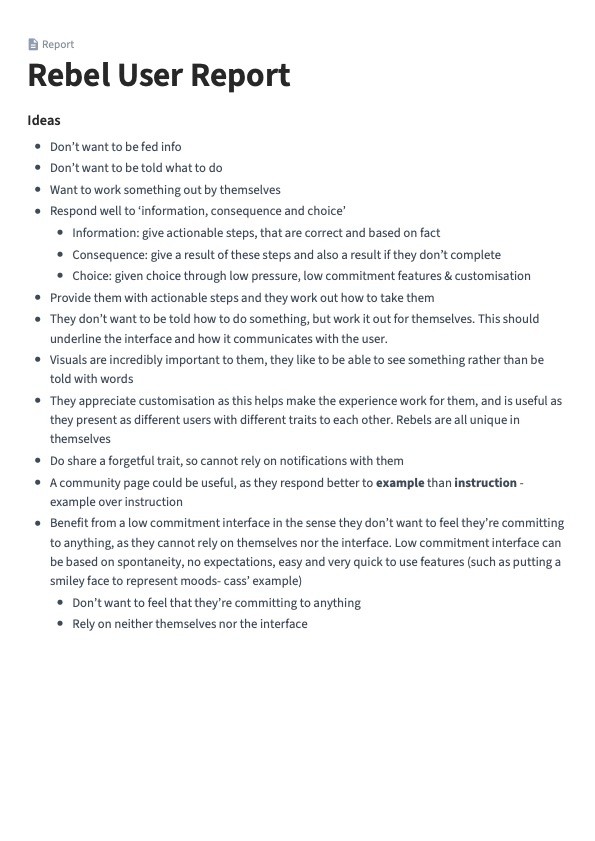“I don't want people to give me new things to be worried about.”
The Adherer
The Determiner
"I don't want to feel like I'm doing something for the owner of the app'
"I'd like the
app to make decisions for me, as long as I get the final say"
The Discerner
The Explorer
“I'd like to learn for myself rather than just be told what to do”
Take the Four Tendencies test here
Quantitative data
I collected data on participants eye-movements, buttons clicked and time taken. I did 25 user tests and interpreted the data through statistical analysis, including a T-Test.
The outcome revealed a link between a user's personality type and how they behave on a sign-up form website.
(1) Eye-Tracking software
(2) Microphone
(3) Moderator notes
Qualitative data
After identifying a link with quantitative data, I collected data on participant's thoughts and preferences regarding different styles of interface design. I did 16 interviews and usability tests and analysed the transcripts using Condens.
The outcome revealed similarities between the Tendencies and their preferences regarding interface design.
(1) Microphone
(2) Participant consent form
(3) Moderator notes
